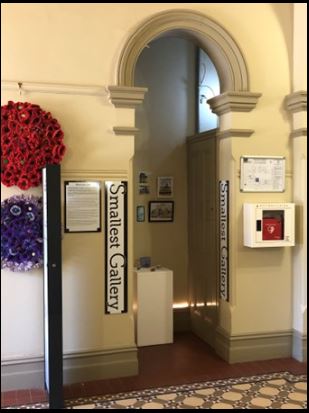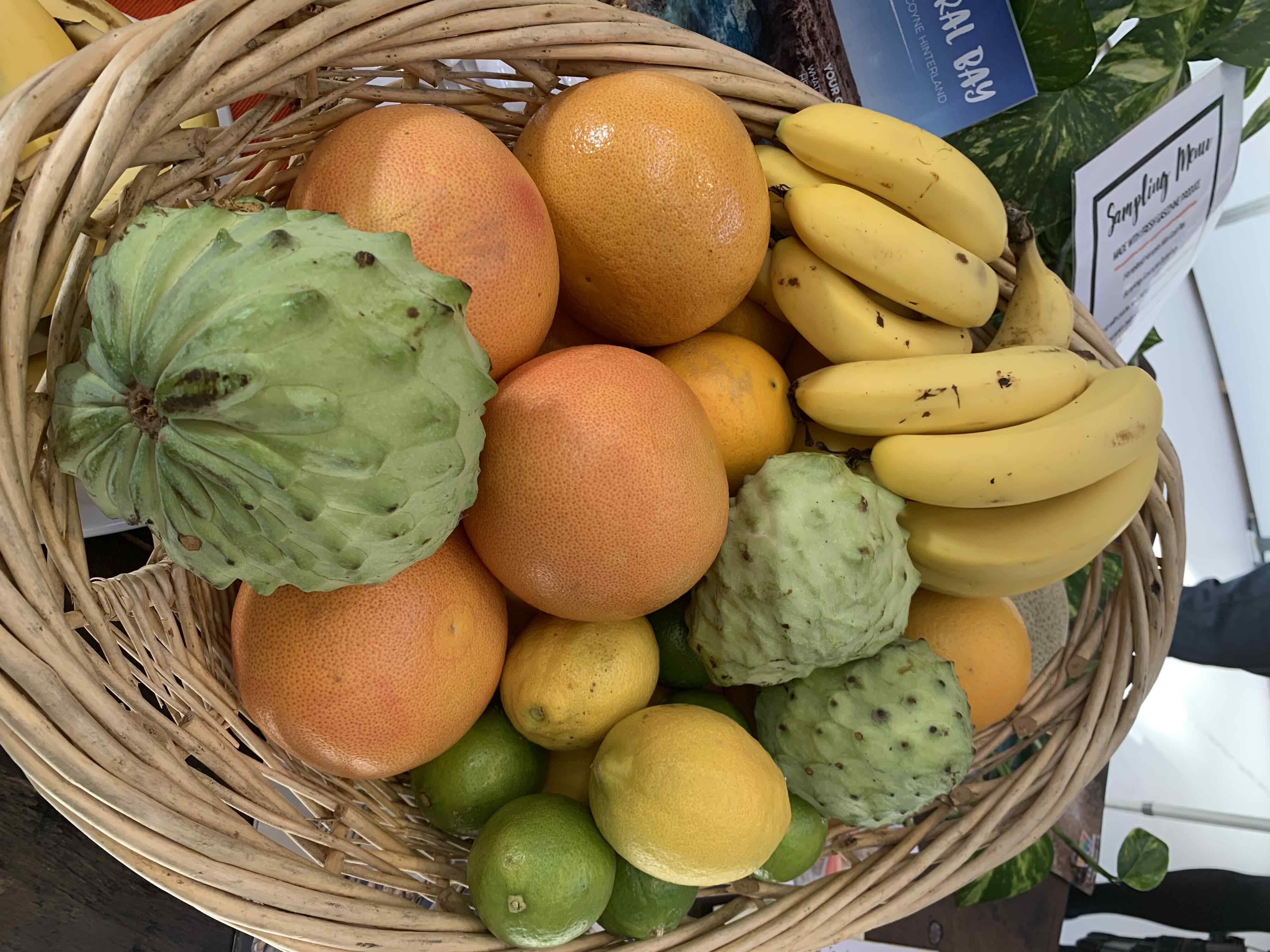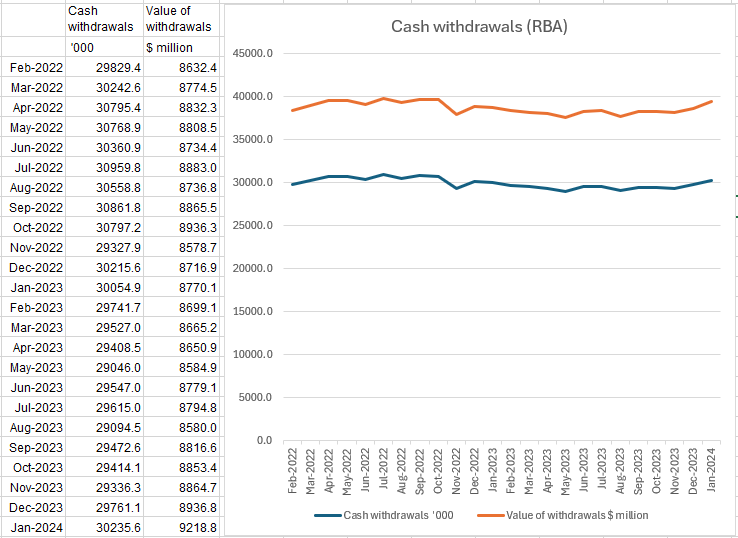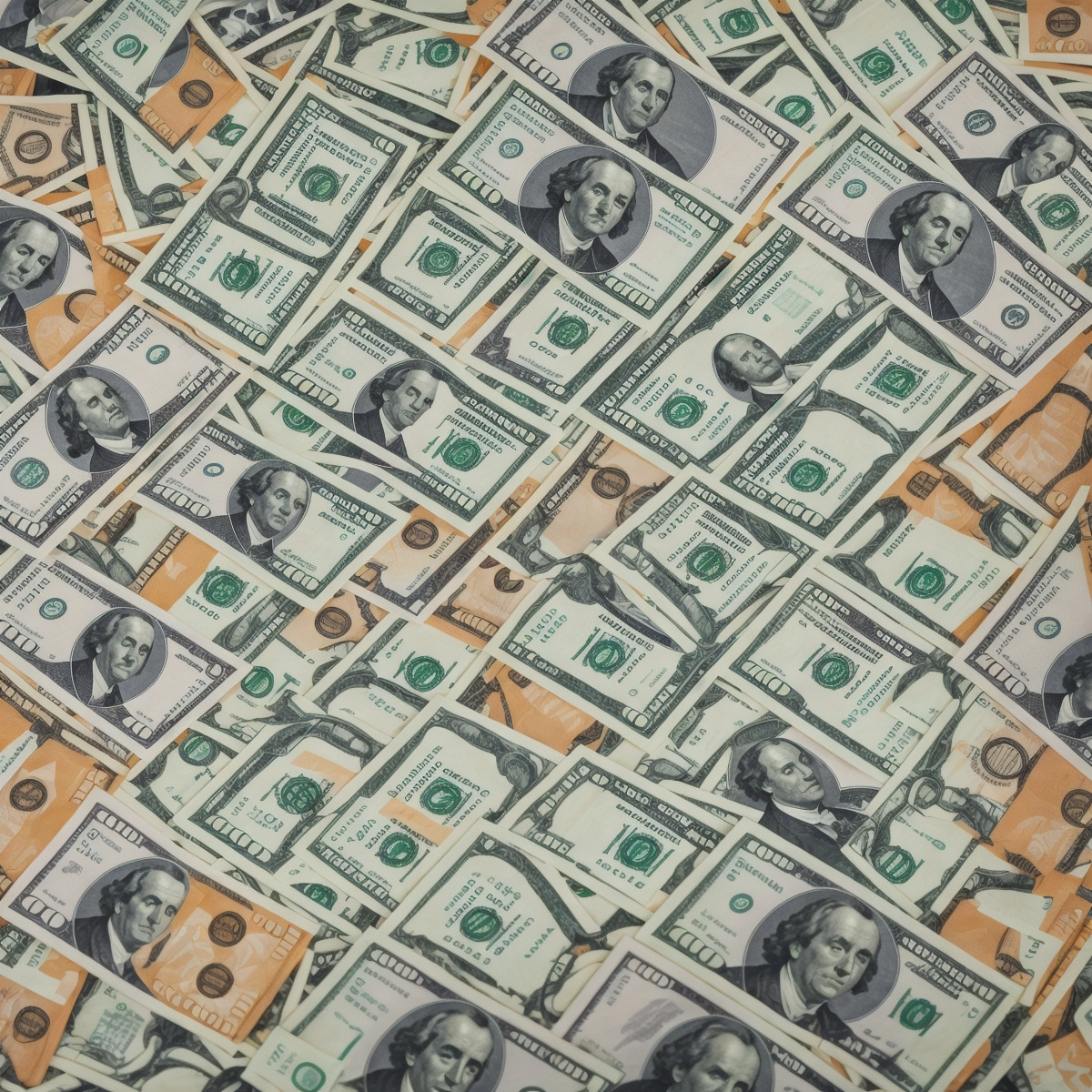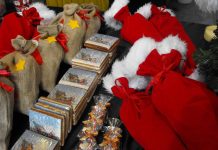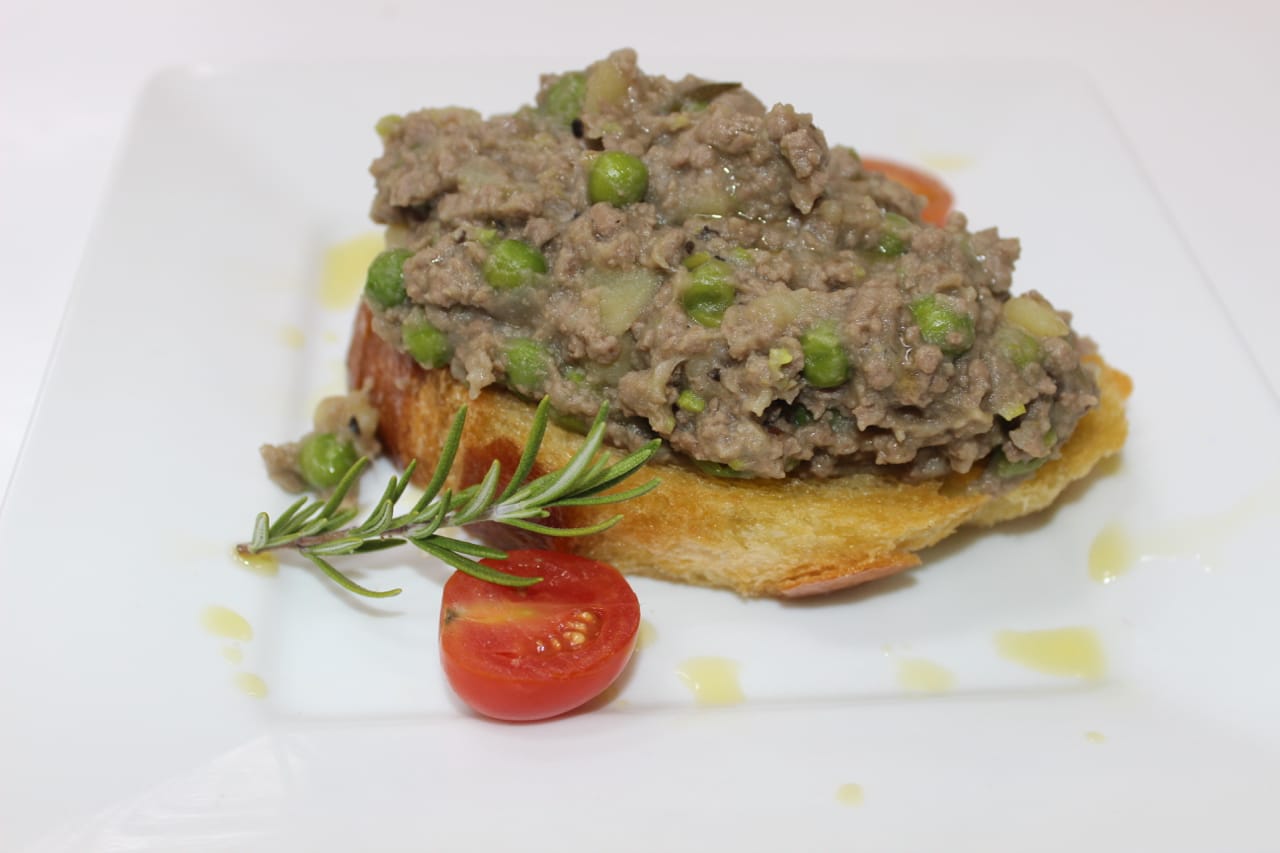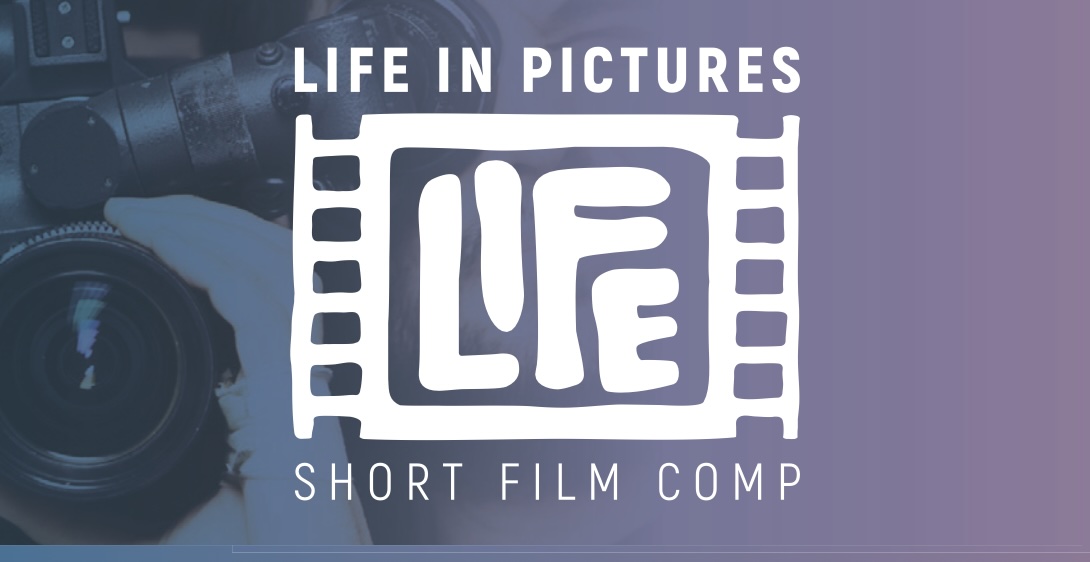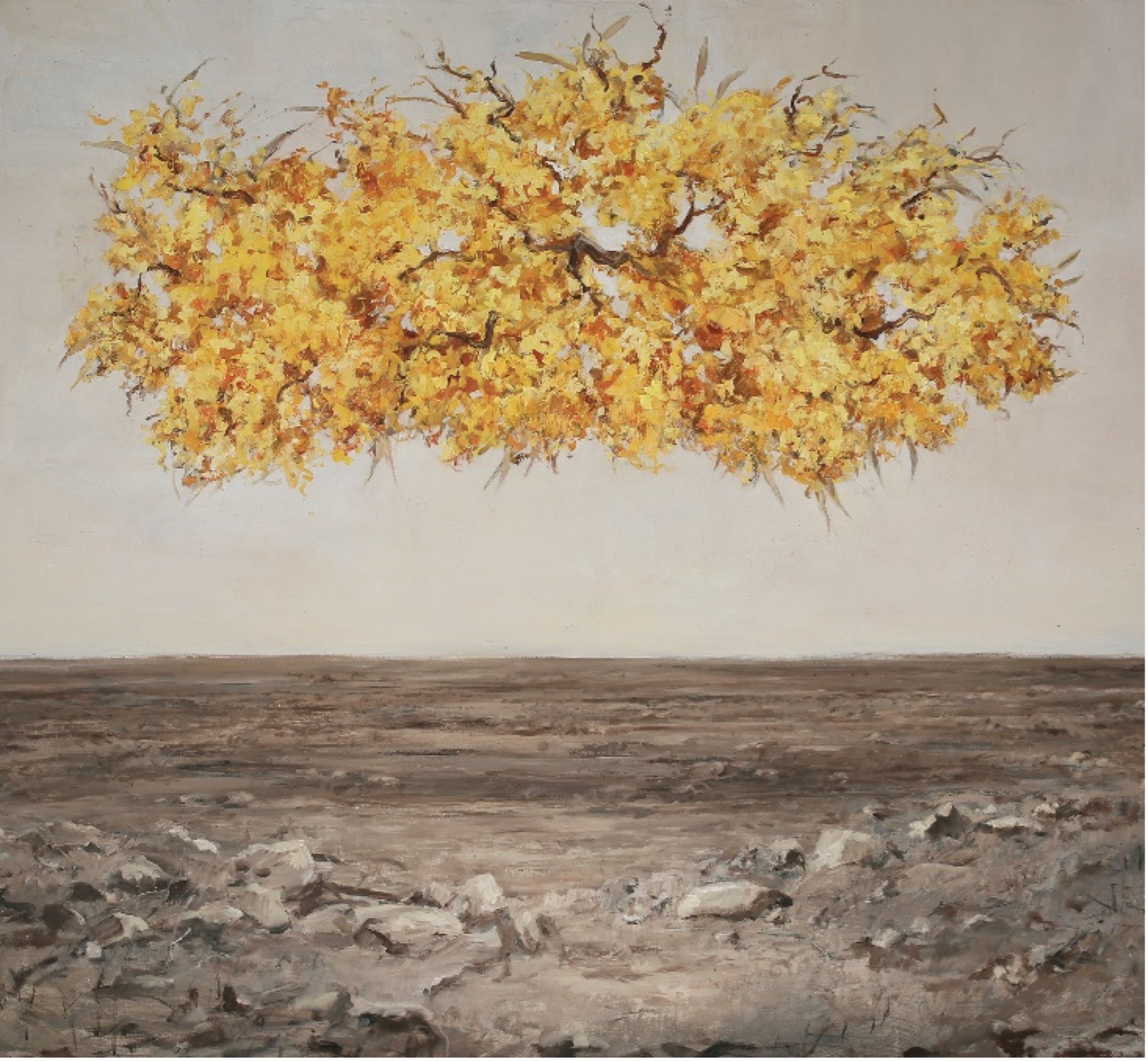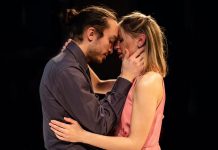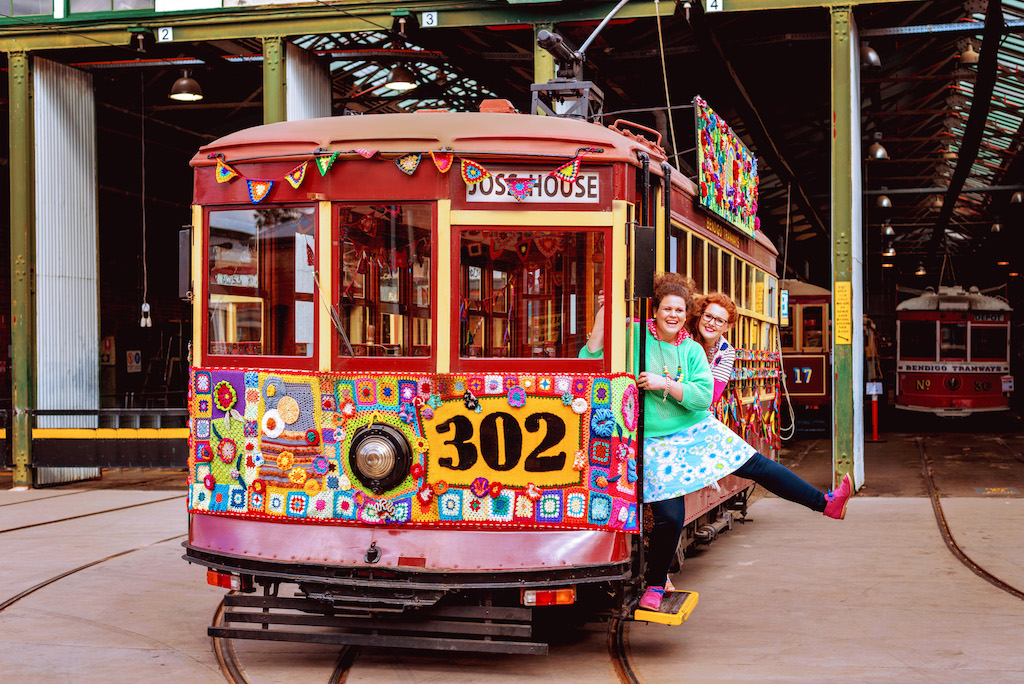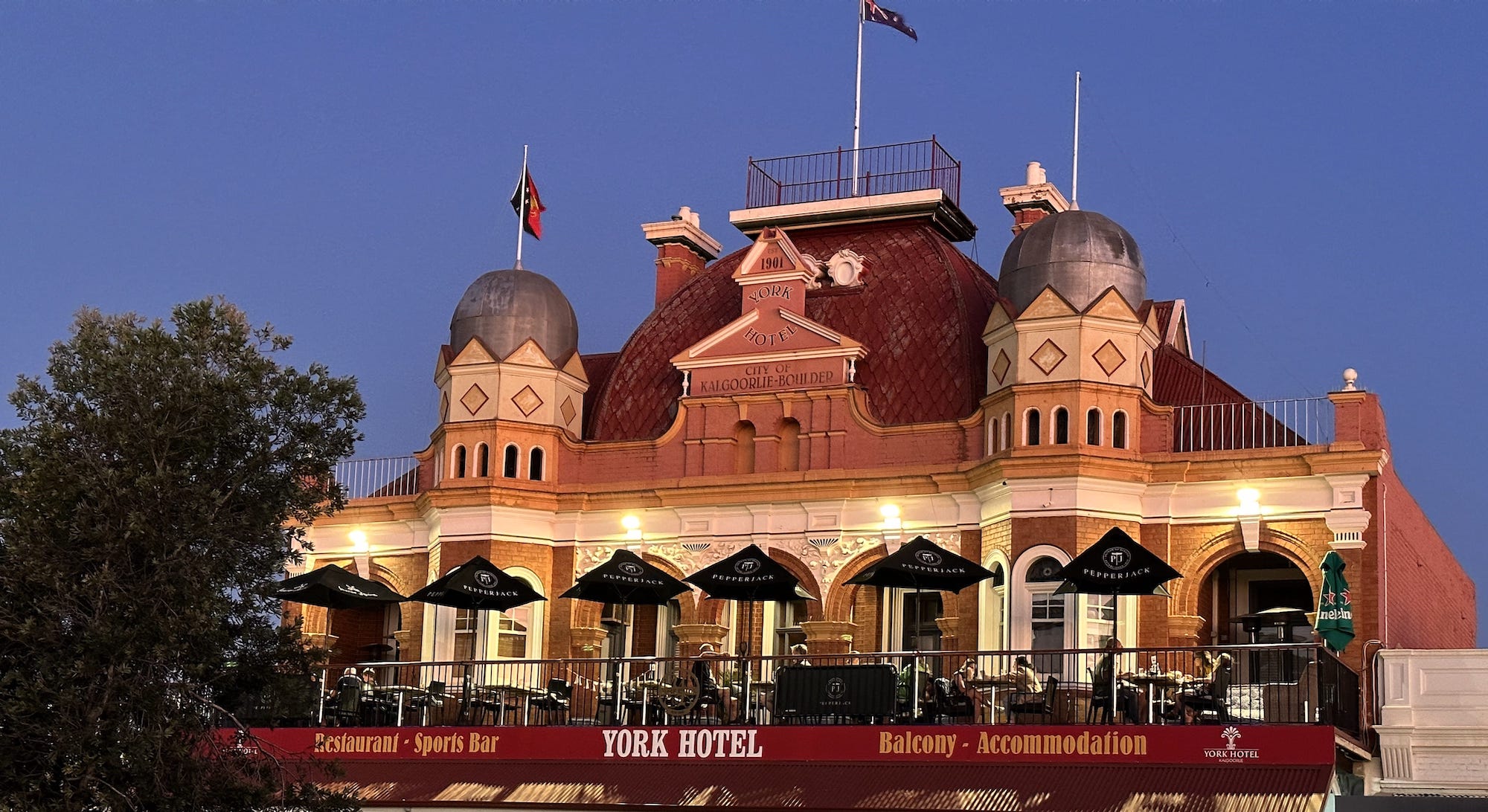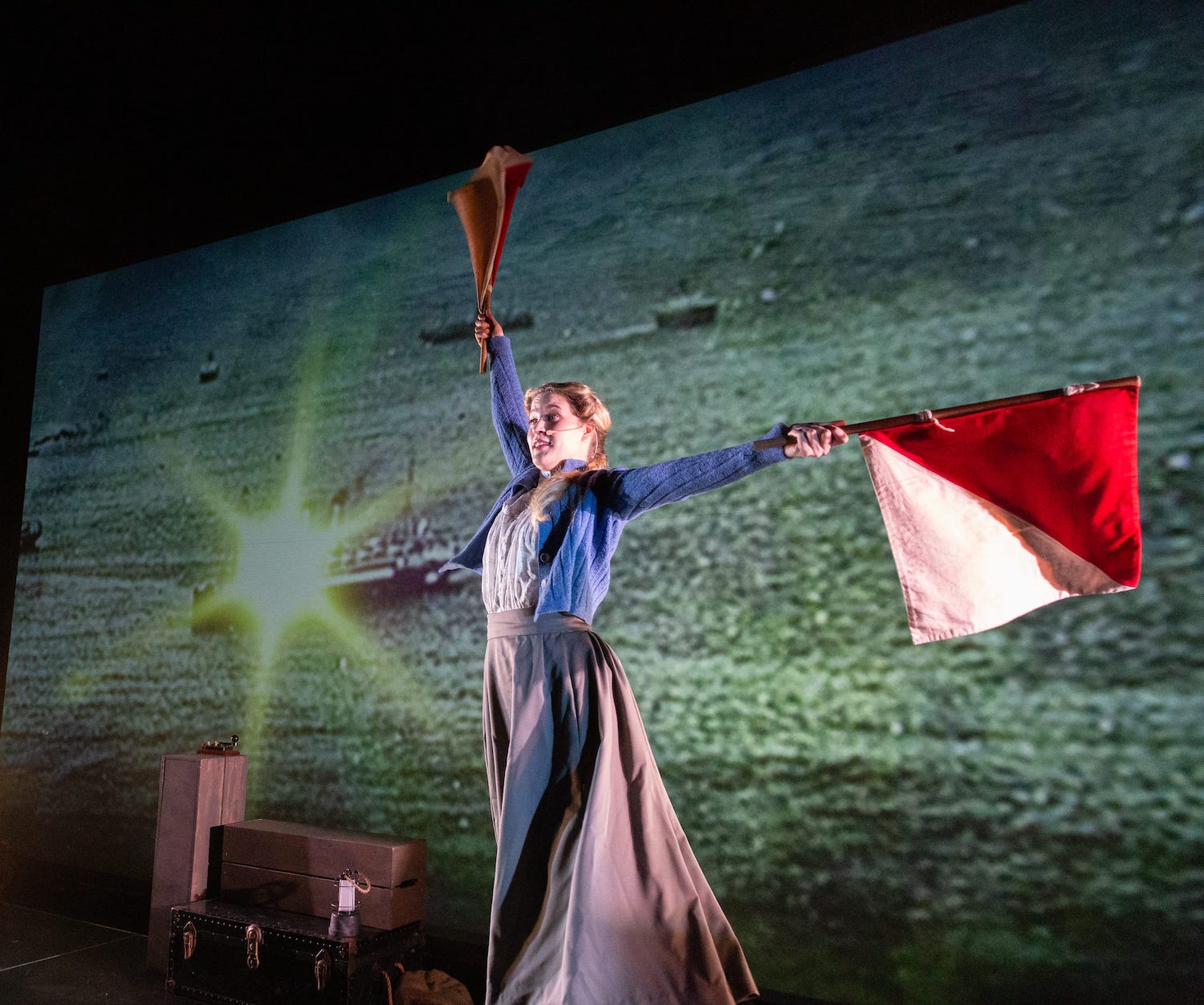THE TREE near the historic Bendigo Art Gallery caught my eye, it was festooned with brightly coloured yarn bombs.
I had to have my photo taken there and wondered about the origins of the yarn bombs, who was behind it and who had placed them there.
Back in Perth, I did some investigation and discovered one of the talented women who create the yarn bombs throughout the year, working anonymously every Tuesday morning from a secret location in Bendigo.
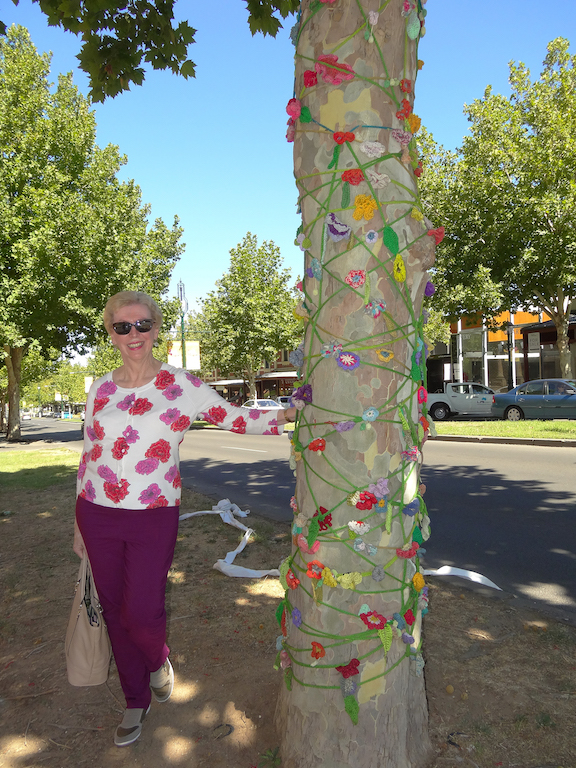
The Bendigo yarn bombers have a no-name, no-face policy.
About eight women meet each week, as well as remote crocheters who cannot attend the group but are happy to create the yarn bombs and help with their installation.
The spokesperson said the women first started yarn bombing in Bendigo six years ago on International Yarn Bombing Day in June.
Yarn bombing (or yarnbombing) is a type of graffiti or street art that employs colourful displays of knitted or crochet yarn or fibre rather than paint or chalk.
It is also called yarn storming, guerrilla knitting, kniffiti, urban knitting, or graffiti knitting.
“We first bombed the farmers market tree and the bollards down Pall Mall,” a spokesperson said.
“The project has evolved from there. Apart from trees and other objects we also have a yarn bombed tram No 302. This is yarn bombed ready for winter, then disrobed at the end of September. Everything is washed and stored away for the following year.
“This year will be the fifth year for tram 302 and we have other annual projects such as the Santa tram, spring flowers and Valentine’s hearts for Valentine’s Day. The yarn-bombed tram is very popular and has been used in several photo shoots. The yarn bombs are featured on Instagram and Facebook “yarn bombing in Bendigo”.
“Everyone at the tramways loves the yarn bombed 302 which is on the tracks from early June until late December, attracting tourists from around the world. The Santa tram runs all December until Christmas Eve.”
The spokesperson said the women bought yarn from op-shops and received many donations.
“We also receive some funding for some projects. Our group usually decides on where the yarn bombs go but sometimes we are commissioned to do something for a function. For example, the tree outside Dudley House was done for the RAW Arts Awards which profiles the work of young artists, writers and performers in the Greater Bendigo area.”
The yarn bombers are happy to undertake projects because they love to spread colour and creativeness for others to enjoy and not for the accolades.
“For us, it’s the end product of many Tuesday morning get-togethers, creating, planning, laughing and drinking cuppas,” the spokesperson said.
“Between projects, we make beanies for the homeless and crib blankets and beanies for premature babies.
“We are also going to be involved in ‘crafting the Merch’ by making scarves for the Artlands conference, a big biennial arts conference to be held in Bendigo and Castlemaine 10-14 October which shines a national spotlight on Australia’s regional arts.”
Yarn bombing is just one aspect of a vibrant arts community in Bendigo.
Bendigo Art Gallery is home to many historic and contemporary exhibitions.
Its innovative director Karen Quinlan has been successful in bringing big crowds to the city for the Grace Kelly Style Icon exhibition in 2012, Marilyn Monroe in 2016 and The Costume Designer: Edith Head and Hollywood which ran till last January.
Its current exhibition Marimekko Design Icon 1951-2018 runs till June.
Marimekko is the Finnish textile and fashion company that achieved international fame in the 1960s and 70s with its bold screen prints and pop-art style graphics.
Exploring Bendigo’s main streets, one can’t help but wonder at the beautifully preserved historic buildings built during the gold rush.
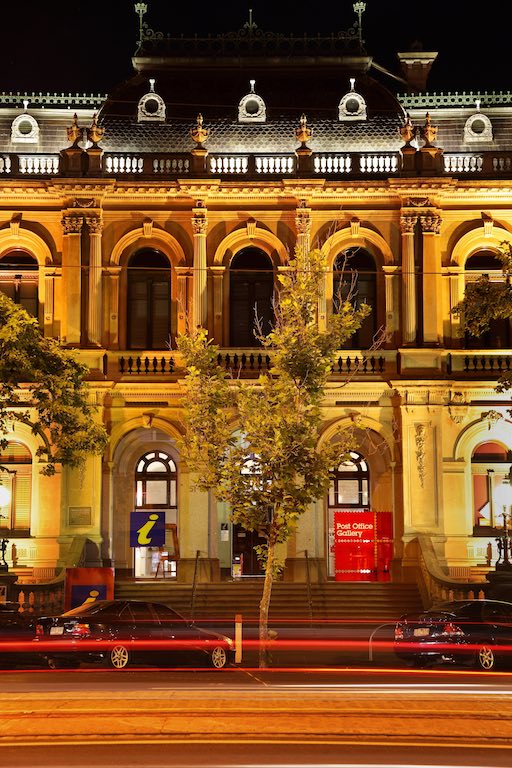
Fine public buildings such as the Bendigo Town Hall (1885), Bendigo Post Office (1887), the School of Mines (1887), the Capital Theatre (1889), Bendigo Art Gallery (1887) and the Law Courts (1896), transformed the city following the discovery of gold.
The prolific work of German architects gives Bendigo much of its architectural grandeur reminiscent of great European cities.
There is much to see and do when you visit the city. There are town hall tours (Wednesday and Sunday), a daily vintage talking tram and stories of the goldfields with self-guided podcasts.
Discover Chinese history at the Golden Dragon Museum, believed to be home to one of the best collections in the world, established after thousands of Chinese workers came to Bendigo during the gold rush of the 1850s.
Visit Bendigo Pottery and see the work of six local artists in their studios who will discuss their work from ceramics and glass to large-scale metal sculptures.
The Greater Bendigo national park protects some of the highest quality box-ironbark forest in Victoria.
Established tracks and rail trails weave through the parks, making them ideal for people who enjoy bird watching, bushwalking and cycling.
Bendigo is a great place to visit away from the hustle and bustle of Melbourne and it takes only a little over two hours by car from the city; you can also travel by train or coach.
Contact the Bendigo Visitor Centre on 1800 813 153 or visit www.bendigotourism.com





